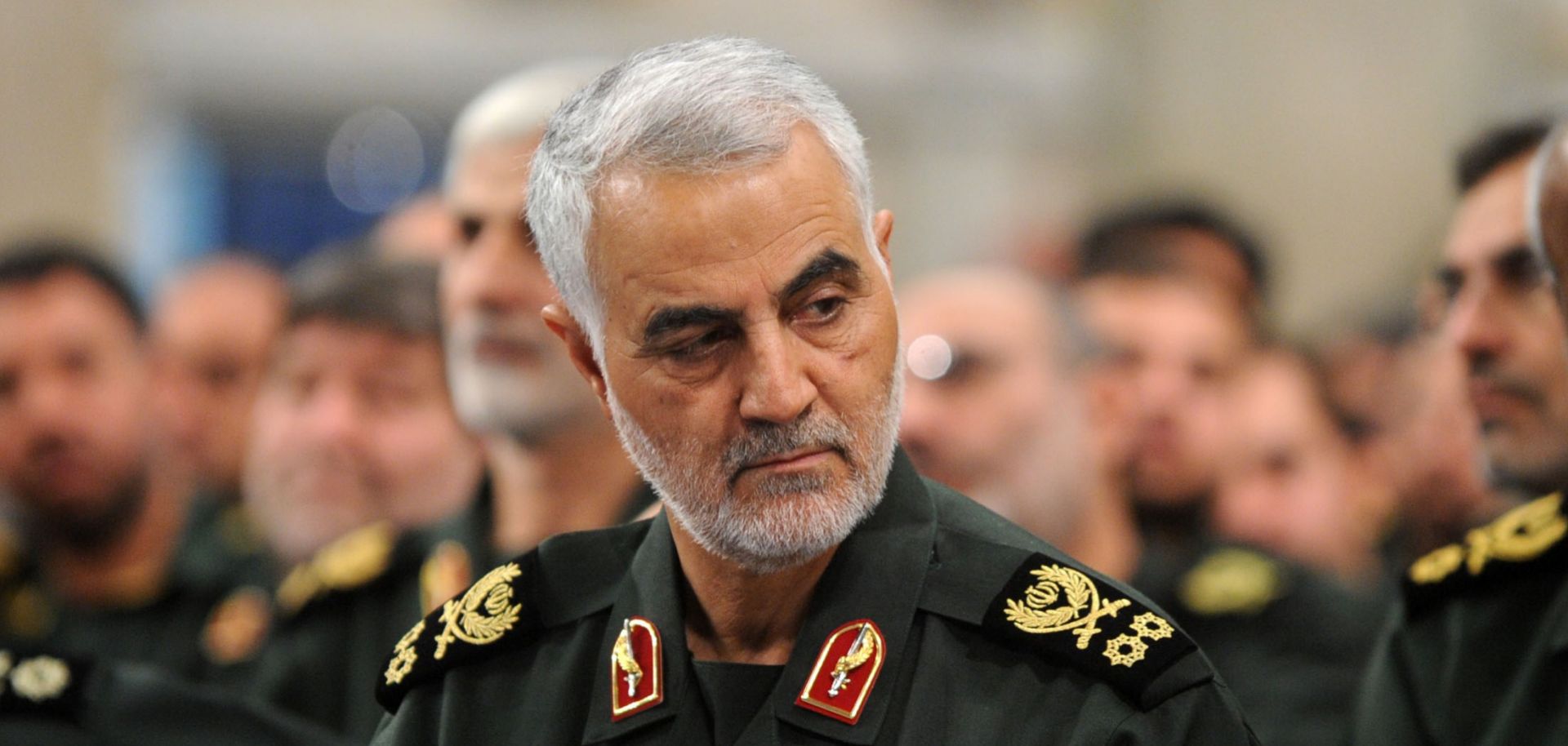It's the spark to ignite a major conflagration: Late on Jan. 2, the Pentagon said it launched an overnight strike in Baghdad killing several officials linked with Iran, including Qassem Soleimani, the powerful commander of the Islamic Revolutionary Guard Corps' Quds Force. In addition to Soleimani, the head of the Iraqi Kataib Hezbollah militia, Abu Mahdi al-Muhandis, and the deputy head of Hezbollah in Lebanon, Naim Qassem were reportedly killed -- although the latter's death has yet to be confirmed. The Pentagon explicitly noted that among other reasons, the United States conducted the strike in retaliation for the attempt by supporters of Kataib Hezbollah to overrun the U.S. Embassy in Baghdad's Green Zone on Dec. 31, but the decision to target one of Iran's most important military figures is sure to raise tensions between Iran and the United States in the Middle East to new heights.
Soleimani's death, which followed a stark warning by U.S. Secretary...

